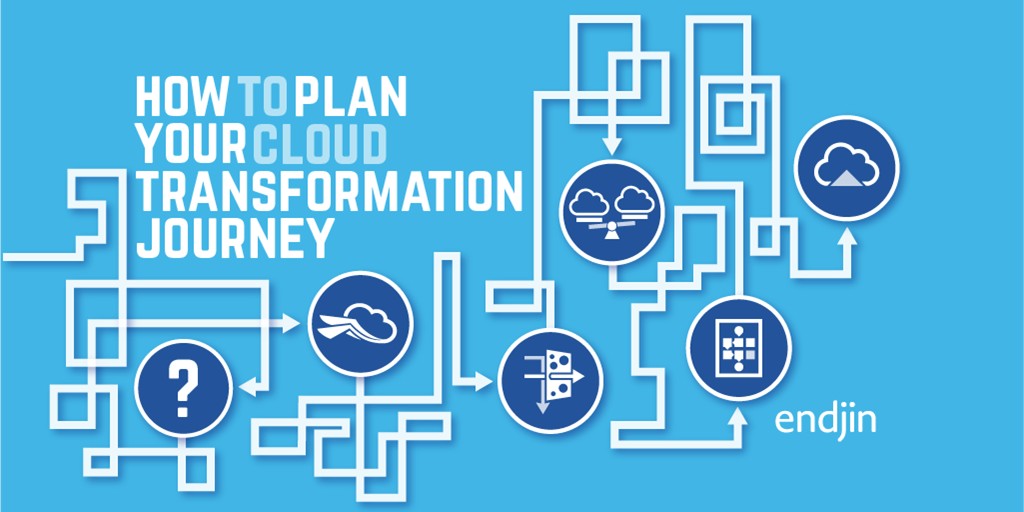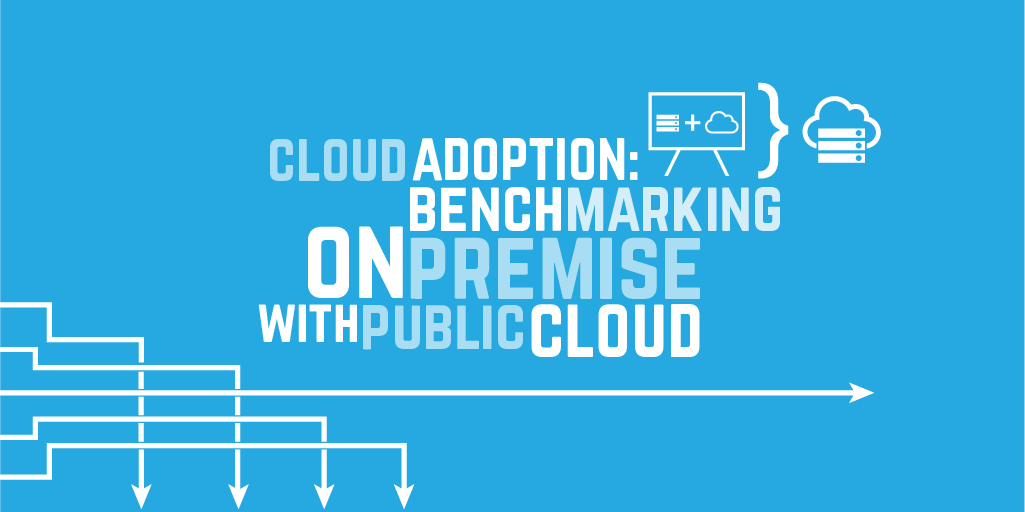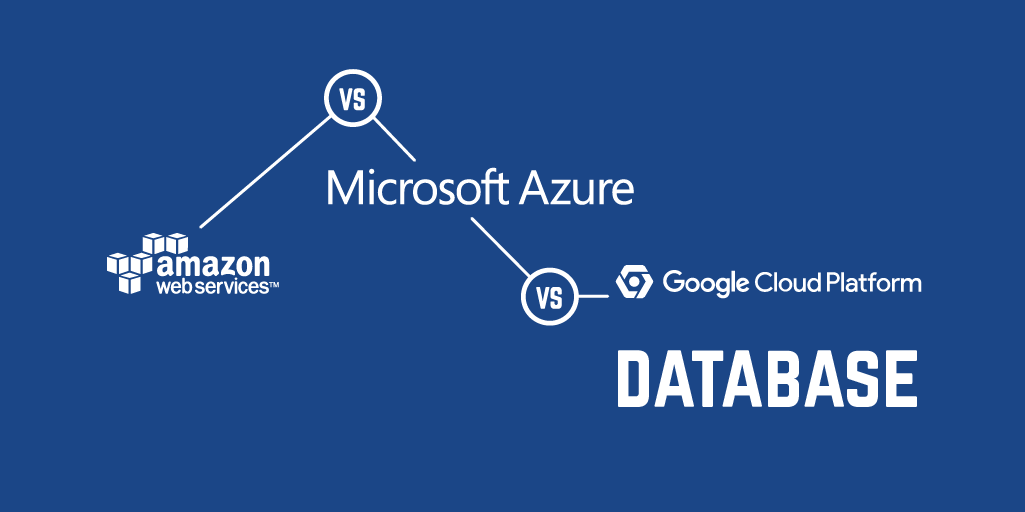How to plan your cloud transformation journey

This week I received an email from someone who asked how they could use our free Thought Leadership content to help their organisation move to the cloud. I realised that although we've released a lot of content, we'd never talked publicly about the rationale behind them and how they are all interconnected.
Our Thought Leadership Content
All of the content we've produced is a result of engagements we've delivered over the past 7 years; we've distilled our perspective, approach and pragmatic process of understanding the wide reaching ramifications of cloud adoption, from initial motivations, justifications & ROI, the high level migration, concerns around security and risk, vendor selection, and workload to service selection. We've consolidated this process into a series of posters that help outline an over-arching process, and a decision-making framework, which forms a very simple funnel of ever-decreasing options as you progress towards your target solution.
The value of adopting cloud technologies varies for every organisation; there is no rule-of-thumb that we can apply without understanding fundamental aspects of your organisation's strategy, structure, business & operating model.
Define the over-arching Migration Plan
We approach the cloud transformation journey with a customer by starting with our high level Cloud Migration Poster; this outlines the over-arching process of migrating to the cloud (or even between platforms, as we've had to help customers do that too). This helps the organisation understand the risks involved, and that any cloud adoption project is realistically a transformation programme which involves people, skills, new operating models, and investment in re-engineering existing systems, platforms and applications, as well as the adoption of new services. Some customers stop at this point once they understand the complexity and cost / benefit / ROI of such a programme.
Identify & Mitigate Risks
If an organisation decided to proceed, the next process is understanding the security and regulatory constraints the organisation needs to operate within (we deal with lots of financial organisations that are regulated); that's where the Cloud Adoption Risk and Mitigations Model (and associated blog posts) come in. This helps an organisation to understand the undesired outcomes it faces, and the people, process & technical controls that it needs to put in place in order to prevent those undesired outcomes from happening, and to plan for mitigation actions in case the multiple controls you put in place fail (i.e. the holes in the multiple controls / barriers you have put in place align and you get a breach – hence the "Swiss cheese" name) and the undesired outcome becomes a reality.
Compare Cloud Platform Vendors
Armed with the Cloud Migration Process and the Cloud Adoption and Risk Mitigation Process, you should have at least two different evaluation criteria to start selecting your preferred Cloud Platform. That's where the Cloud Platform Comparison Poster (and deep dive blog post series) comes into play. This helps you to start thinking about how to start weighing the strengths and weaknesses of each platform. We don't cover costs in the poster or accompanying blog posts – because price fluctuates too rapidly for us to keep up to date; but we do advise that PaaS and Serverless approaches offer a much better ROI than IaaS.
Map workloads to selected Cloud Platform services
Finally, if you have selected Microsoft Azure as your cloud platform of choice, you can use our Azure Technology Selector Poster to help guide your decision making process of which Azure Services best fit your workloads. At that point you may want to adopt an "assess and invest" cycle and run some Proof of Concepts or experiments to see if your applications can run on or be re-engineered to run on these services.
Motivating Factors
As I previously mentioned – every organisation's motivations for adopting the cloud are different. You need to use the processes outlined above to develop your selection criteria for your decision making process. Based on our experience of helping customers adopt the Azure cloud platform, there have been a number of motivations, some of which might be relevant for you (and each could have its counterpart or equivalent for another cloud platform):
- Production environment cost reduction from migrating from IaaS to PaaS
- Development environment cost reduction by utilising Developers MSDN Azure Credit benefits
- Leveraging existing Microsoft EA licensing agreement to get a discount on Azure consumption (over existing managed services contracts)
- Regulatory required compliance that is too difficult or expensive to implement in-house or by incumbent managed service provider, but come as standard on Azure
- Replatforming from SQL Server to Cosmos DB for increased performance, scalability and guaranteed SLAs
- Adoption of Visual Studio Team Services, as a mechanism for adopting DevOps, where the path of least friction for Continuous Delivery is Azure PaaS & ARM
- Azure Batch discounted VMs offering 80% cost reductions for non-time critical workloads
- ….
The list really does go on and on; each organisation has its own unique set of requirements. Hopefully now you understand the rationale behind the posters, it will help you use them more effectively. Leave a comment if you have any further questions, or chat with us directly via endjin.com



